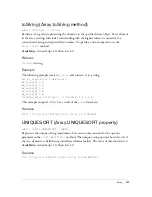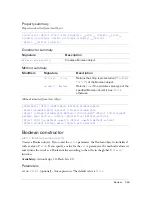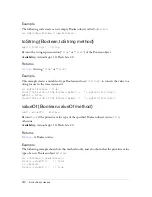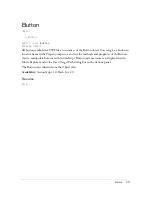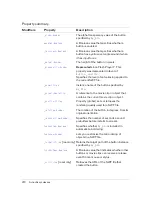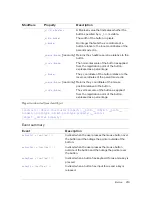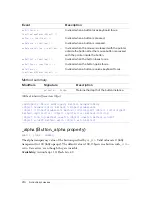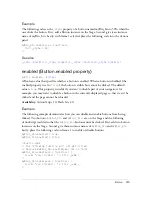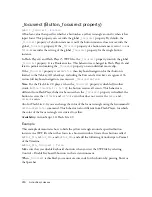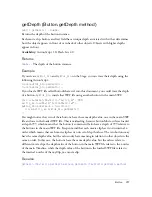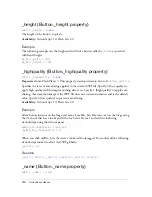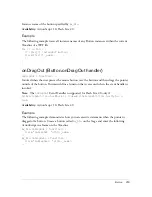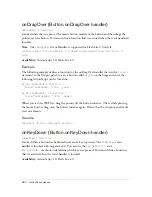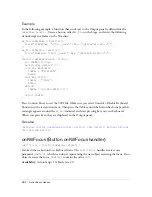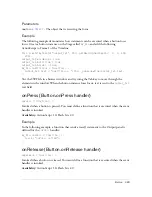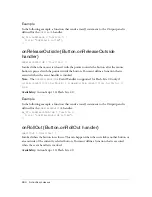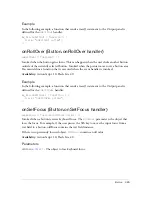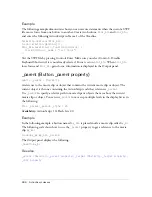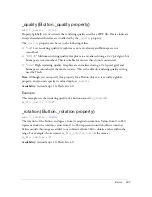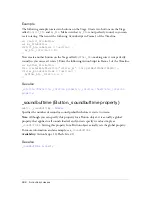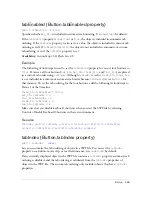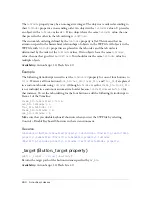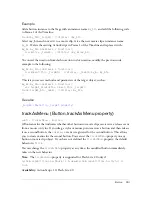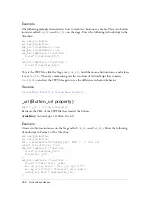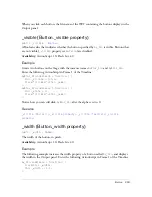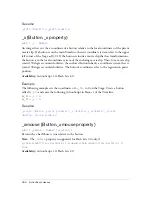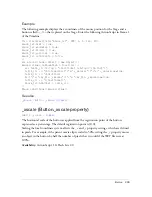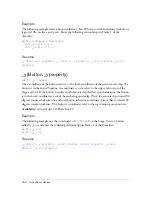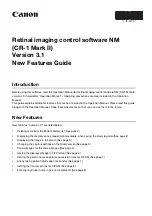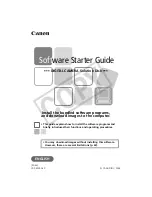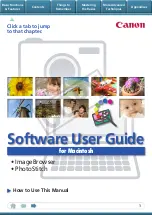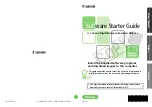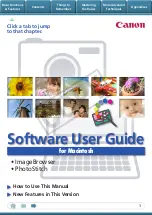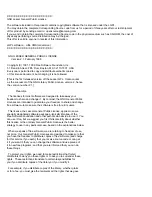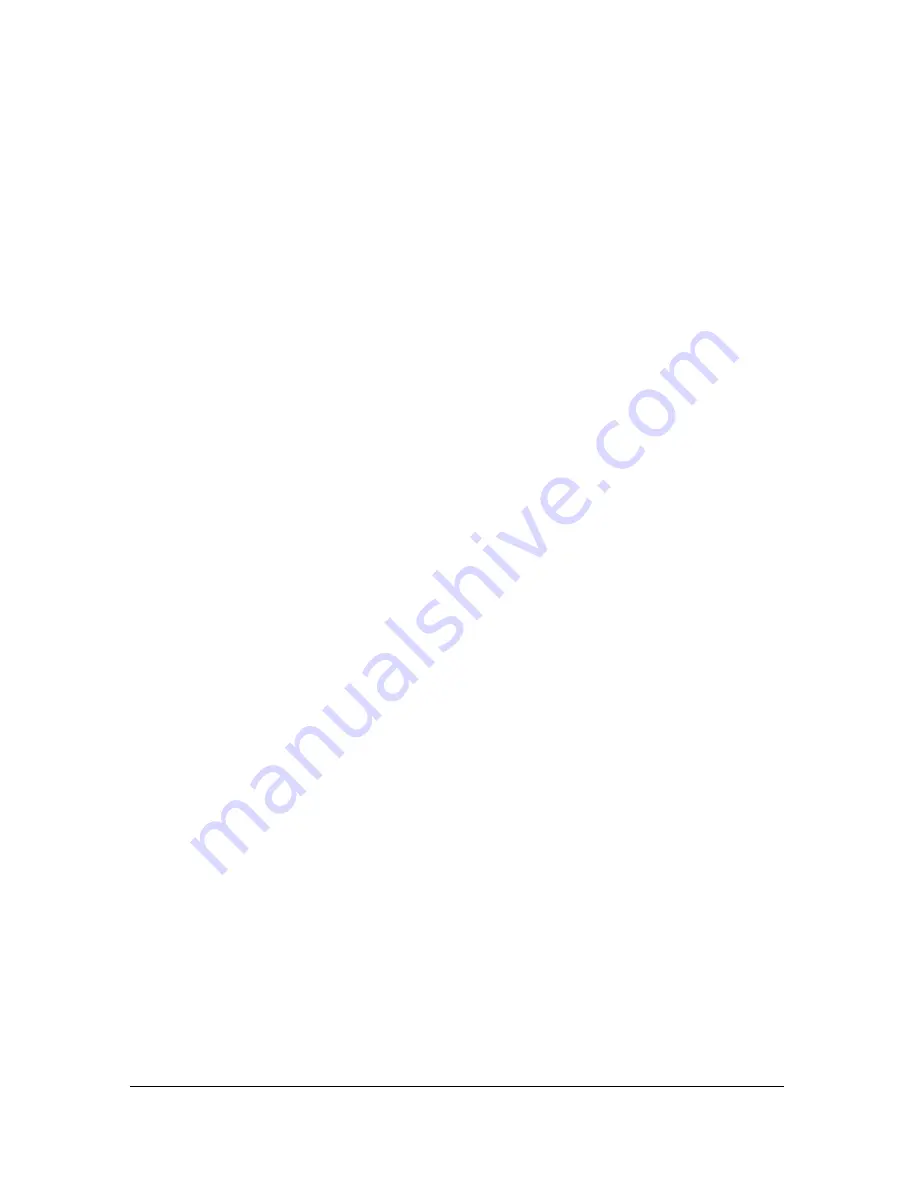
Button
281
Example
In the following example, a function that sends text to the Output panel is defined for the
onKeyDown
handler. Create a button called
my_btn
on the Stage, and enter the following
ActionScript in a frame on the Timeline:
my_btn.onKeyDown = function() {
trace("onKeyDown: "+this._name+" (Key: "+getKeyPressed()+")");
};
function getKeyPressed():String {
var theKey:String;
switch (Key.getAscii()) {
case Key.BACKSPACE :
theKey = "BACKSPACE";
break;
case Key.SPACE :
theKey = "SPACE";
break;
default :
theKey = chr(Key.getAscii());
}
return theKey;
}
Select Control > Test Movie to test the SWF file. Make sure you select Control > Disable
Keyboard Shortcuts in the test environment. Then press the Tab key until the button has
focus (a yellow rectangle appears around the
my_btn
instance) and start pressing keys on your
keyboard. When you press keys, they are displayed in the Output panel.
See also
onKeyUp (Button.onKeyUp handler)
,
getAscii (Key.getAscii method)
,
getCode
(Key.getCode method)
onKeyUp (Button.onKeyUp handler)
onKeyUp = function() {}
Invoked when a button has input focus and a key is released. The
onKeyUp
event handler is
invoked with no parameters. You can use the
Key.getAscii()
and
Key.getCode()
methods
to determine which key was pressed.
Availability:
ActionScript 1.0; Flash Lite 2.0
Summary of Contents for FLASHLITE2 ACTIONSCRIPT-LANGUAGE
Page 1: ...Flash Lite 2 x ActionScript Language Reference...
Page 22: ...22 Contents...
Page 244: ...244 ActionScript language elements...
Page 760: ...760 ActionScript classes...

